Tampa Bay: Body of water or regional identity?

Tampa or Tampa Bay. The actual name of a city or an invented regional moniker? That has been a common topic for letter writers to the Tampa Tribune for the past several weeks and for the past several years throughout Tampa – or the Tampa Bay area, if you prefer. Which should we use? Which one is correct? Where did the names come from?
Let’s answer the last question first. One of the most common questions asked by visitors to the History Center is, “what does the word Tampa mean?” We always have to give the unsatisfying answer, “we do not really know.” Some will say that it means “sticks of fire,” and there is an impressive sculpture in Plant Park at the University of Tampa with that name, but there is absolutely no evidence to back up this claim.
The name Tampa, or Tanpa, was first officially mentioned by Europeans in 1575 when Hernando de Escalante Fontaneda wrote Memoir of Don d’Escalante Fontaneda, respecting Florida. Fontaneda was the lone survivor of a shipwreck in the late 1540s at the age of 13. He spent the next seventeen years of his life among the Calusa Indians in Southwest Florida, learning about the principal American Indian towns along Florida’s west coast, including a town called ‘Tanpa.’
No one is sure if Tanpa is geographically the same as Tampa because early map makers moved the locations of present-day Tampa Bay (the body of water) and Charlotte Harbor, eliminated one or both, or added one or more extra bays and inlets along Florida’s gulf coast. Fontaneda never documented why the village was called Tanpa, and the people who lived there have been gone for almost half a millennia.
Another wrinkle in the story is that the name given to the bay by early European explorers and map makers was not Tampa Bay, but rather La Bahia de Espirito Santo, or Bay of the Holy Spirit. The bay retained that name, with a few exceptions, for over two hundred years. English map makers, beginning in the 1760s when Great Britain acquired Florida from Spain, began to Anglicize Florida place names. Espirito Santo became Tampa Bay – a name that had appeared on maps as early as 1601 (as Bahia de Tampa/Tanpa) – and a new name appeared to designate the northeast arm of the bay. Hillsborough Bay, and the river that feeds it, were named in honor of Lord Hillsborough, who at the time was Secretary of State for the British Colonies.
At some point in the 19th century, another bit of fine tuning occurred to the naming of the bays. Tampa Bay (or the Bay of Tampa, as it was still sometimes referred to) was essentially split in two. The northwestern arm became known as Old Tampa Bay, perhaps a reference to the supposed location of the village of Tampa/Tanpa, with the implication being that that bay was the “original” or old Bay of Tampa. The main bay kept the name Tampa Bay, and Hillsborough Bay remained the name of the northeastern arm.
Another event in the 19th century brought the name Tampa Bay to the attention of Americans. The Second Seminole War (1835-1842) was among the most costly Indian Wars fought by the US military, and Fort Brooke “at Tampa Bay” served as the headquarters for the army fighting in Florida. The fort, established in 1824, was actually located in present-day downtown Tampa on the north end of Hillsborough Bay, but even by the 1820s, Tampa Bay was being used as an identifying name for the whole area. A small village took hold on the northern edge of Fort Brooke, and on November 24, 1831, the government established a post office, effectively giving the new town a name – Tampa Bay. Three years later the post office, and town, dropped the ‘Bay’ and became known as Tampa. That same year, 1834, Tampa was named the county seat of the newly created Hillsborough County.
Despite “Tampa” becoming the official name of the town (and later city), the area retained the name Tampa Bay. Numerous letters and maps from the 1840s through the 1880s referred to Tampa Bay in a general catch-all sort of way, in both a military context with the Second Seminole War and the Civil War and as a potential tourist destination.
The explosive growth of Tampa in the mid-1880s coincided with the diminished use of Tampa Bay as a regional identifier. The name Tampa began to supplant other area place names, and the city even annexed two smaller cities in the 20th century (West Tampa in 1925 and Port Tampa City in 1961).
The whole region experienced incredible growth following World War II, with most of that growth occurring outside of the official boundaries of the City of Tampa. While the city annexed a large amount of unincorporated territory on the Interbay Peninsula in 1956, expansive growth in eastern and northern Hillsborough County and throughout Pinellas County meant that Tampa was no longer the only important place in the area. The region needed a new identity, and an old name returned. Tampa Bay was reborn.
Though Tampa Bay as a descriptor of the whole area came back in vogue in the 1950s, it wasn’t until the arrival of professional sports franchises that the name really began to stick. Interestingly, the Tampa Bay Buccaneers were not the first professional sports franchise in the area. That distinction goes to the Tampa Bay Rowdies, who played their first soccer game at Tampa Stadium in 1975. The Bucs took the field the following year, and the name Tampa Bay spread throughout sports pages across the country. That, more than anything else, has engrained the name Tampa Bay into the national lexicon.
An interesting side effect of this area identity is that many people outside of the region think that the Tampa Bay Rays play in Tampa. Efforts to make this misconception a reality notwithstanding, St. Petersburg leaders are understandably irritated by the mistaken identity and have gone to great lengths to establish the Rays as St. Petersburg’s team.
So where do we go from here? If you were born in Tampa, be proud to say so. If you moved to Tampa from someplace else, tell people you live in Tampa. However, do not be so quick to correct someone who talks about Tampa Bay as anything other than a body of water. Lots of people from our past would know exactly what and where they are talking about.
This story was first published by the Tampa Tribune on Oct. 8, 2011.


